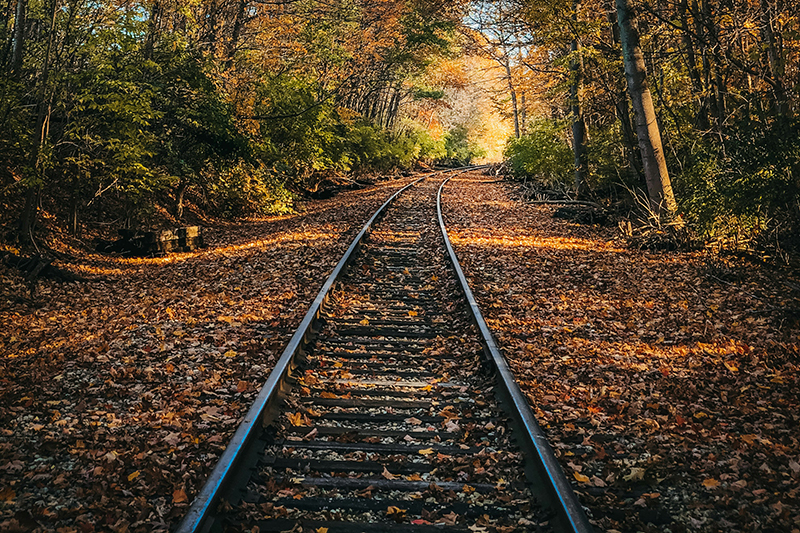'Black ice of the railway' explained
The chemical processes whereby leaves form slippery layers on railway lines have been identified.

When leaves are crushed between the wheels of a train and the railhead, slippery layers form which make it difficult for trains to start and stop. The UK's Network Rail describes this as the 'black ice of the railway'.
A team from the Universities of Sheffield and York, UK, have now revealed the chemical mechanisms behind the slippery layers.
They report that chemicals such as polyphenols play a crucial role in forming this thin, strong layer on these surfaces. And under high pressures and heat, this film contains compounds that stick to the metal surface of the railhead.
The researchers say this is expected to guide the development of innovative solutions.
They suggest remediation efforts to target phenolics such as enzymatic digestion or next-generation cleaning agents that dissolve aromatic species.
'The future goal is to use enzymes to digest leaves around railway infrastructure as a green alternative to some of the current solutions which are energy intensive or involve cutting trees down', says Dr Joe Lanigan from the University of Sheffield.







